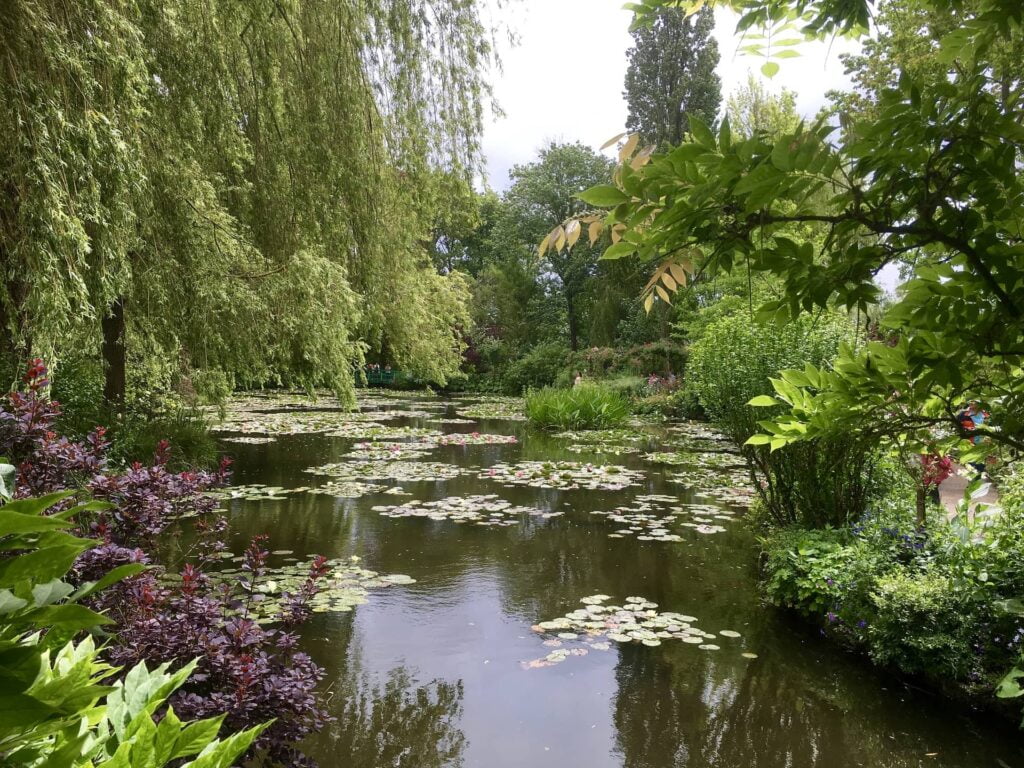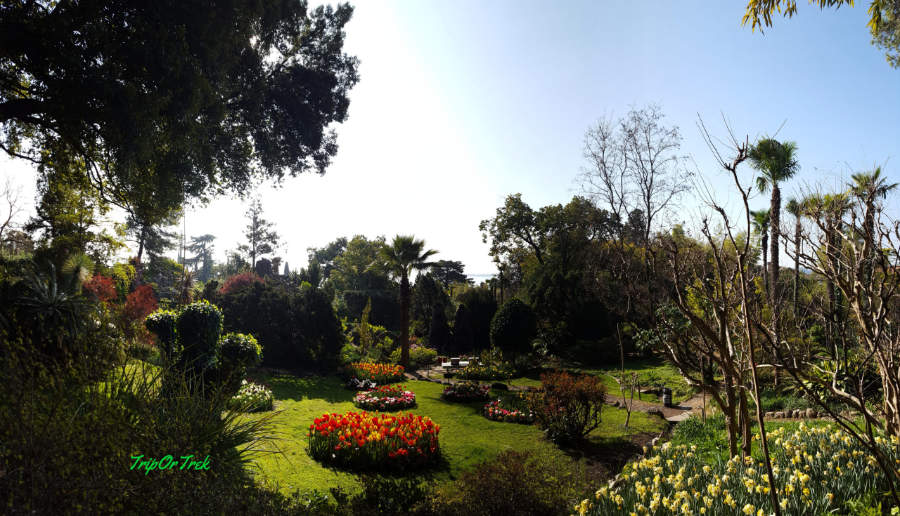
From myths to symbolism, the water lily is a flower that has characterized not only the history but also the art of the painter Claude Monet.
In the language of flowers it is a symbol of purity and innocence. In history its name is enclosed in numerous myths and legends. In art, its star-shaped petals have made Monet’s paintings famous. The water lily, an aquatic plant belonging to the nymphaeaceae family that can be found in Asia, South America, in botanical gardens such as that of Pamplemousse in Mauritius and in the Sigurtà Park, is the keeper of stories in which nature meets the beauty and human creativity.
THE MYTHS
The name nymphaea derives from the Greek term nymphé which, according to Greek mythology, was a nymph, goddess of the waters. The plant was widespread also in ancient Egypt where it grew on the waters of the Nile. The ancient Egyptians, in fact, venerated the “Lotus flower” and painted it in the hieroglyphics: it was a decorative motif for the walls and a funeral ornament found in numerous burial chambers. In symbolism and Christian art, however, the water lily flower was a symbol of purity, chastity and charity thanks to its ability to flourish in swampy waters without muddying its beauty and for its large size that allowed with a few flowers to create voluminous bouquet.
From Europe to South America these plants have been the protagonists of fascinating legends such as the one told among the indigenous people of the Tupi in the Amazon in which a girl in love with the moon, asking the gods to be transformed into a star to get to heaven, not receiving a divine sign, one night he went with his canoe to the center of a swamp to touch the moon where it reflected in the water, but he fell and drowned. The gods who pitied them then decided to transform it into a star-shaped flower: a water lily.

THE NYMPHS IN THE ART OF MONET
In Eastern culture, the water lily is considered the symbol of dawn because some varieties open only during the day. The cult of water lilies in art spread thanks to Japonism, that is, the influence that Japanese culture had on western art in the nineteenth century, but the one who made these plants protagonists of works with timeless charm was the painter Claude Monet.
Born in Paris in 1840, Claude Oscar Monet was passionate about painting from an early age and frequented the artistic circles of Paris all his life where he met other painters such as Delacroix, Courbert, Pissarro, Renoir, Bazille and Sisley. From 1883 he settled in Giverny where he lived with his second wife Alice Hoschedé in an old farmhouse near the Epte river.
In 1893 he reorganized the home orchard transforming it into a flower garden with a small lake whose banks were joined by a Japanese bridge. Around that pond and its water lilies, Monet gave a twist to his pictorial style, passing from the wide-field landscape of the en plein air, to the close-up vision initially inspired by Japanese prints for the importance they gave to light and colors.
His pictorial research and his studies on light and colors, born precisely by painting the water lilies, are still considered fundamental for the history of Impressionist painting as well as precursors of Kandinsky’s abstract art and subsequent avant-gardes. From 29 August 2020 it will be possible to admire the paintings of the Water Lilies in the exhibition “Monet and the Impressionists” which will be located in Palazzo Albergati in Bologna.

Viaggio e racconto il tuo territorio scrivendo di turismo, marketing territoriale e storytelling nel mio blog TripOrTrek





